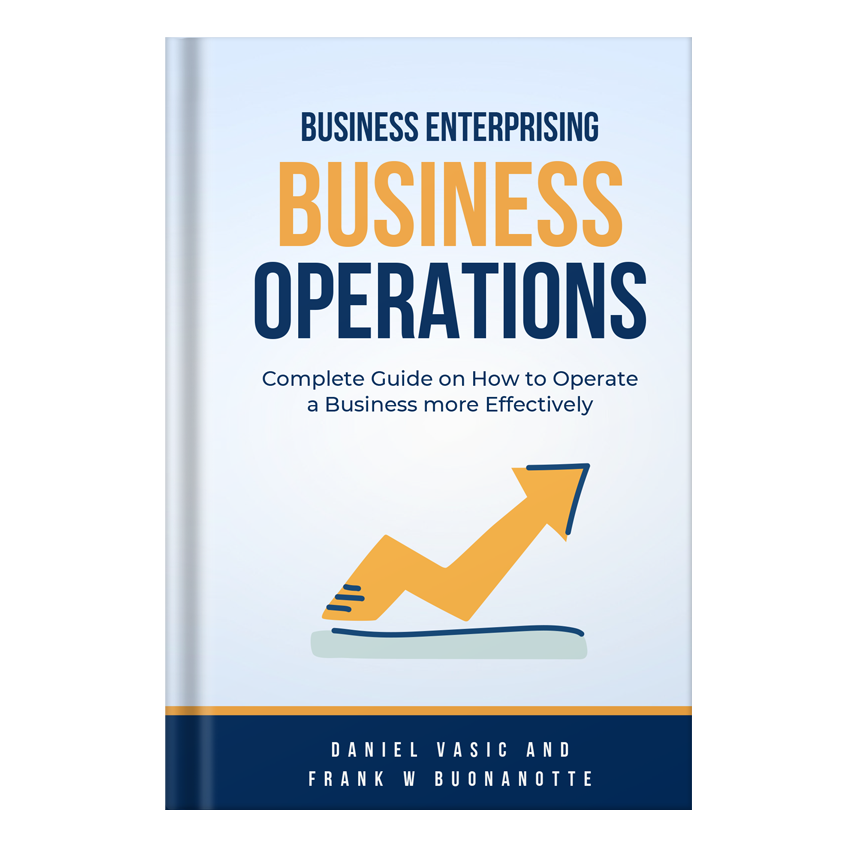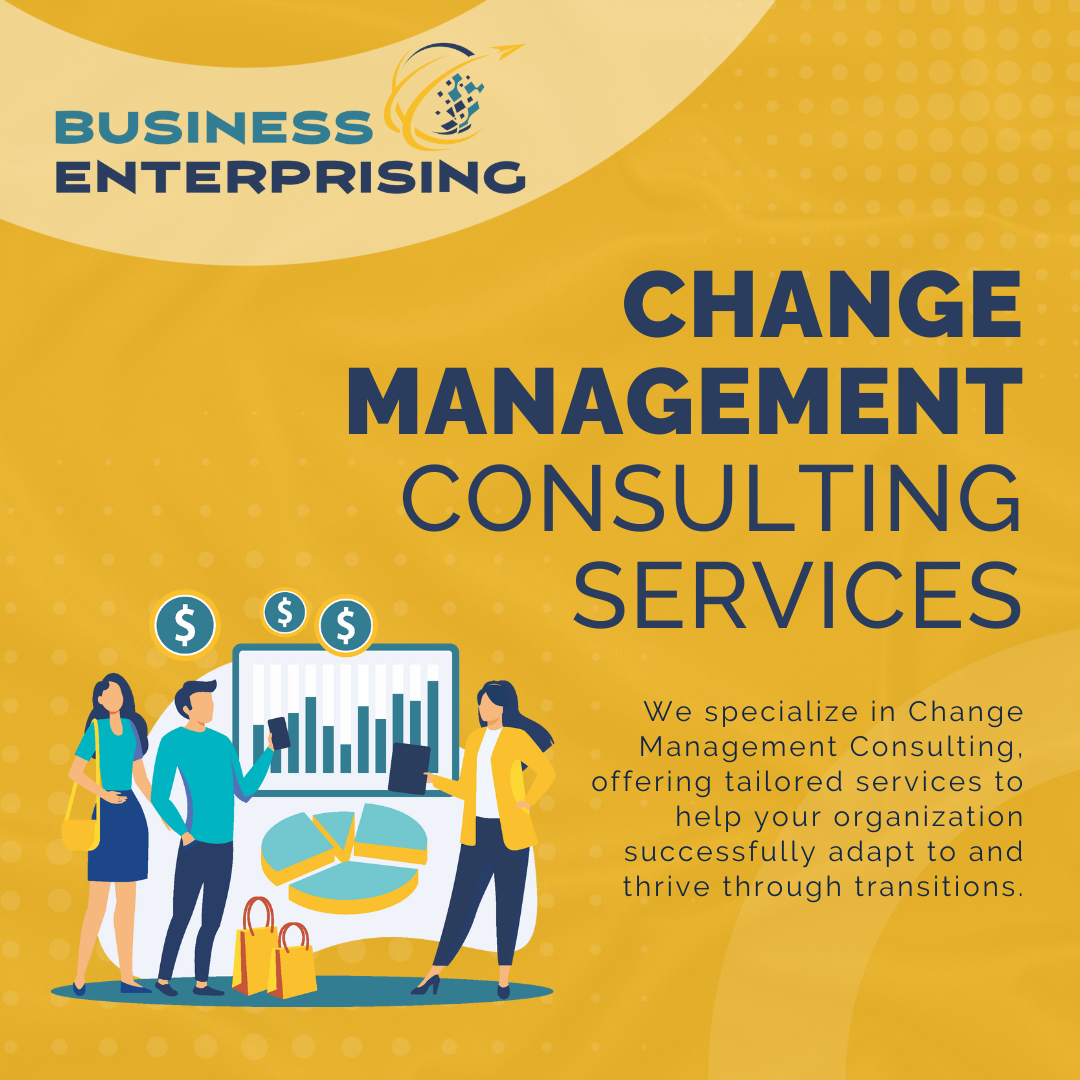
In 2024, managing working capital has become even more important. Economic uncertainty, tightening credit, and supply chain disruptions are increasing the focus on healthy cash flows. According to a 2024 survey, 60% of business leaders say longer customer payment terms are hurting liquidity. As a result, businesses are turning to alternative working capital sources to support growth.
The Role of Working Capital in Established Businesses
Working capital management is crucial for established businesses because they deal with more complex financial dynamics than startups. As companies grow, their operational expenses, inventory needs, and accounts management become more intricate. Maintaining a healthy working capital balance allows businesses to meet these obligations without expensive debt or borrowing.
Insufficient working capital can cause delays in supplier payments, leading to strained relationships and potential supply chain disruptions. On the other hand, too much capital tied up in receivables or inventory limits investment opportunities. Therefore, an effective strategy balances liquidity and operational efficiency.
According to Deloitte’s 2023 Working Capital Report, businesses that manage working capital well gain flexibility. This flexibility helps them adjust to demand changes, supplier disruptions, and cost fluctuations. However, inflation, rising wages, and geopolitical risks require businesses to reassess their working capital strategies frequently.
Strategies for Optimizing Working Capital
As businesses plan for 2024, several strategies can help optimize working capital:
Improving Cash Flow Management
One of the most effective ways to optimize working capital is by improving cash flow management. Cash flow refers to the inflow and outflow of money, and businesses must ensure that more cash comes in than goes out. Implementing dynamic discounting programs, where businesses offer early payment discounts, can help speed up cash inflows. These programs encourage customers to pay sooner in exchange for a discount. Despite their ability to reduce cash conversion cycles, only 20% of businesses globally use early payment options. These strategies can significantly improve liquidity, making them a valuable tool for businesses seeking to optimize cash flow management.
Reducing Days Sales Outstanding (DSO)
Another key metric in managing working capital is Days Sales Outstanding (DSO), which refers to the average number of days it takes a business to collect payment from its customers. The longer it takes to collect receivables, the greater the strain on working capital. To reduce DSO, businesses can adopt strategies such as offering early payment incentives, tightening credit policies, or leveraging automated invoicing systems to streamline the payment process.
Leveraging Supply Chain Financing
Supply chain financing (SCF) is becoming increasingly popular among established businesses looking to optimize their working capital. Through SCF programs, companies can extend payment terms to suppliers while allowing those suppliers to access financing through third-party lenders. This approach not only improves liquidity for both buyers and suppliers but also helps mitigate the impact of extended payment terms. As interest rates continue to rise, SCF provides a cost-effective alternative to traditional debt financing.
Optimizing Inventory Management
For businesses that carry significant inventories, effective inventory management is essential to maintaining optimal working capital. Excessive inventory ties up cash that could be used for growth investments, while insufficient inventory risks stockouts and lost sales. In 2024, many businesses are adopting inventory optimization technologies to balance stock levels effectively. AI-powered forecasting tools analyze historical sales data and market trends to predict future demand accurately. These technologies help businesses reduce excess inventory while preventing shortages, improving both liquidity and operational efficiency. By leveraging these tools, companies can better manage their inventory and ensure smoother operations without unnecessary cash flow constraints.
Automating Accounts Payable
Delays in processing accounts payable can result in missed payment deadlines and damage relationships with suppliers. By automating the accounts payable process, businesses can streamline payments, reduce errors, and avoid late payment penalties. Automated systems can also help businesses take advantage of early payment discounts offered by suppliers, further improving cash flow and reducing working capital requirements.
Navigating Challenges in Working Capital Management
Despite the strategies available for optimizing working capital, businesses face several challenges in managing liquidity in 2024. One of the most pressing challenges is inflation, which continues to drive up the cost of goods, services, and labor. As prices rise, businesses may need to carry more working capital to cover increased costs, potentially straining liquidity.
Additionally, higher interest rates are making it more expensive for businesses to borrow money, further emphasizing the need for efficient working capital management. According to the 2024 Working Capital Survey, 42% of businesses expect higher interest rates to negatively impact their growth. As a result, companies must look for alternative ways to access working capital, such as leveraging cash flow optimization strategies, improving operational efficiency, and using supply chain financing.
Supply chain disruptions also remain a concern for businesses in 2024. Global events such as geopolitical conflicts, natural disasters, and labor shortages continue to affect supply chains, leading to delays and increased costs. To mitigate these risks, businesses must adopt flexible working capital strategies that allow them to adapt to changing circumstances. This may include diversifying suppliers, renegotiating payment terms, and building up inventory reserves to weather potential disruptions.
Building a Cash-Conscious Culture
To ensure long-term success in working capital management, businesses must foster a cash-conscious culture throughout the organization. This involves training employees to consider the impact of their decisions on cash flow and encouraging departments to collaborate on initiatives that improve working capital performance. For example, the sales team can work closely with the finance department to establish customer credit limits and payment terms that support healthy cash flow.
A cash-conscious culture also involves regularly reviewing and refining working capital metrics such as DSO, Days Payable Outstanding (DPO), and inventory turnover. By continuously monitoring these metrics, businesses can identify areas for improvement and implement corrective actions before liquidity becomes an issue. Companies that prioritize working capital management at all levels of the organization are better positioned to maintain financial stability and pursue growth opportunities in a rapidly changing economic environment.
Where to Find Working Capital for Your Business
Acquiring working capital is vital for businesses to manage daily operations, invest in growth, and maintain financial health. One of the most common methods is through traditional bank loans, which offer a range of loan products, including short-term loans and business lines of credit. These loans often come with competitive interest rates, but approval usually requires strong financial statements and credit scores. Additionally, businesses can explore options like Small Business Administration (SBA) loans, which are particularly beneficial for companies that need more accessible funding. These loans are partially guaranteed by the government, making them a more flexible option for businesses with limited credit histories.
Another effective method of securing working capital is through invoice financing or factoring. This involves receiving early payments on outstanding invoices in exchange for a fee or selling those invoices to a third party at a discount. Such options allow businesses to quickly convert receivables into cash without taking on new debt. Similarly, a business line of credit provides flexible access to funds as needed, making it a useful tool for managing fluctuating working capital needs. Companies can withdraw money up to a pre-set limit and only pay interest on the amount used, giving them the liquidity to manage short-term challenges.
Alternative Financing
In recent years, alternative lenders, particularly fintech companies, have become a popular choice for working capital. These lenders provide fast and flexible financing solutions, including on-demand access to capital by allowing businesses to receive early payments on their invoices in exchange for a small discount. These platforms are particularly beneficial for companies seeking quick cash flow without the constraints of traditional bank loans. Additionally, crowdfunding and peer-to-peer lending offer more unconventional routes for raising working capital. These platforms allow businesses to secure funding from multiple small investors or lenders, although they may come with higher fees or interest rates.
The Importance of Flexibility and Innovation
Flexibility is essential for effective working capital management. Businesses that adapt quickly to changing market conditions are more likely to maintain liquidity. Adjustments in supply chains or innovative financing solutions can help companies navigate economic challenges. During the COVID-19 pandemic, many businesses used alternatives like invoice factoring and dynamic discounting to bridge cash flow gaps.
Looking forward, businesses need to innovate in their working capital strategies. Technologies like AI and machine learning now play key roles in optimizing cash flow and improving forecasting accuracy. Embracing these technologies can unlock working capital potential and drive sustainable growth.
Working capital is crucial for financial health and long-term success. With inflation, rising interest rates, and supply chain disruptions in 2024, optimizing working capital is critical. Implementing strategies such as improving cash flow, reducing DSO, and leveraging supply chain financing will help businesses maintain liquidity and reduce debt reliance.
In addition to these strategies, businesses must foster a cash-conscious culture. By remaining flexible and refining their working capital approach, companies can thrive in an increasingly complex economic landscape.




















